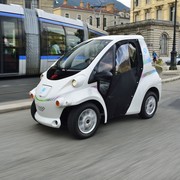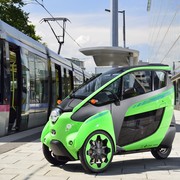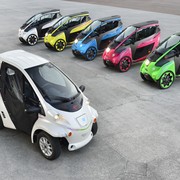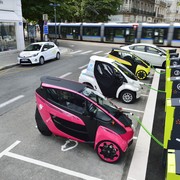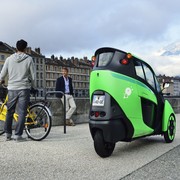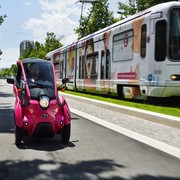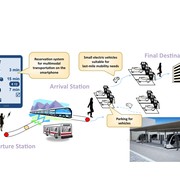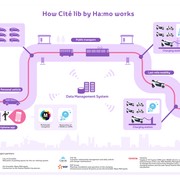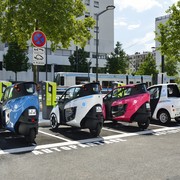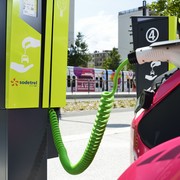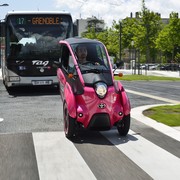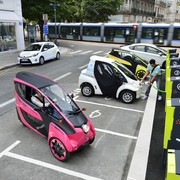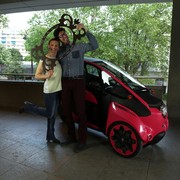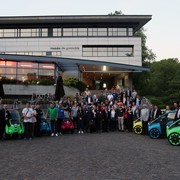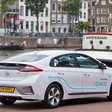
The project involves a combined use of personal and public transport, a service called "Cité Lib by Ha:mo" that's been ongoing in Grenoble for the second year and a half. It has proven to be quite successful with over 1,000 registered users and a 92 per cent satisfaction rate.
"When comparing Cité Lib by Ha: mo to other car-sharing services in their first months of operation, we find the results very encouraging," said Martin Lesage, Director of Cité Lib.
The project – involving Toyota i-ROAD and COMS, Ha:mo car-sharing platform, and partners EDF (which installs, manages and maintains a network of 27 charging stations), Sodetrel, the City of Grenoble, Grenoble-Alpes Métropole and car-sharing operator Cité Lib – came to be from an idea that using several means of transport in combination (so-called "multimodality") was one of the keys to solving city traffic gridlock and pollution.
The vital part of the project are 70 ultra-compact electric vehicles, the Toyota i-ROAD and COMS, available on a sharing platform called Ha:mo (harmonious mobility). Echo vehicles are located on 27 charging stations, aimed at people who arrive to an urban area via public transport after being picked up from a suburban area, where their personal vehicles - that took them there from home - are parked. People can use them either in a round-trip or one-way pattern, and they can be booked using a smart phone. Users can also plan their multimodal city trips by connecting to Métromobilité, the Grenoble metropolis' route planning service.
While the project is scheduled to take place over three years until September 2017, vehicle data and user surveys already reveal the first usage findings. The system already has over 1,000 registered users , using the service during the week rather than on weekends, with peak usage times being the same as in other forms of transport: in the morning commute hours, at lunch time, and in the late afternoon. The average trip takes 5 km with the average rental duration of 45 minutes. About 75 per cent of people use the one-way option, while 20 per cent of users keep the vehicle for a stop-over as well. The most frequently used charging stations are the two located close to the train station.
Now let's see what the user profile looks like. The average user is a 36-year-old man, typically college educated, with a white-collar job; 14 per cent of users are students. 43 per cent of users have a subscription to existing public transport service, and more than half of them also ride bicycles. 74 per cent own at least one car.
The new car-sharing service gained a good reputation with 92 per cent of its polled active users stating they are either satisfied or very satisfied with the perks of this system. What they value the most is first and foremost the practicality and the ecological aspects, followed by time-saving, fun, speed and cost-saving.
